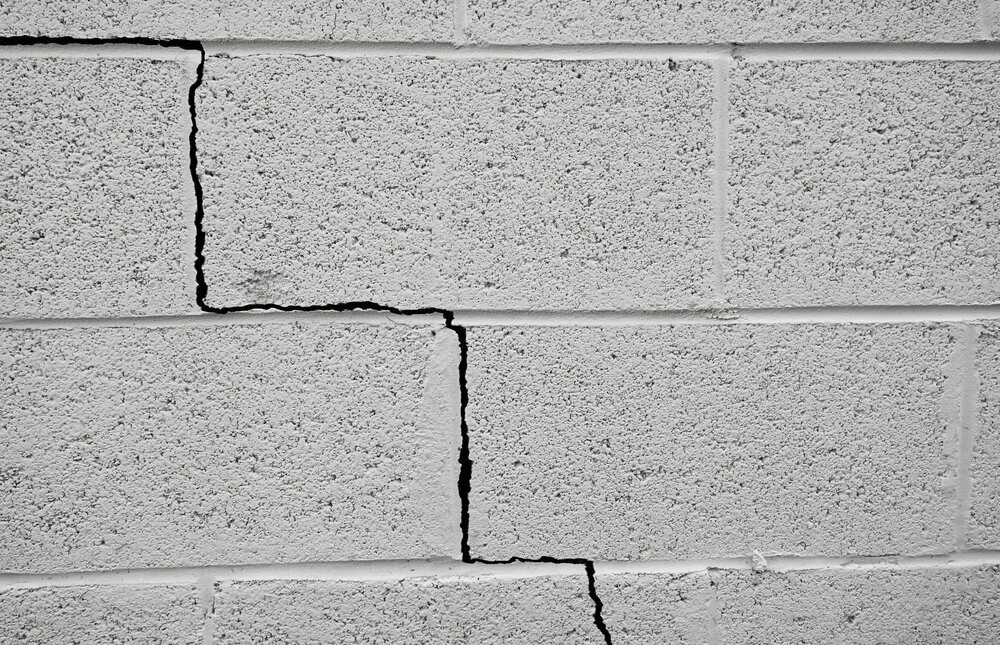The Cracks Types in Foundation
Cracks are one of the most popular obstacles for foundations. Everywhere they appear! Ceilings, walls, floors, foundations, and cellars are all at risk of cracking. They are one of the best ways to suggest you may have problems with the foundation and you need repair. Your walls, floors, and ceilings will begin to push and pull against each other as your base starts to fall or settle. They break when this movement's pressure becomes too much. And while not all cracks are a definite indication that your foundation is sinking, having them inspected is a good idea!
What kinds are worse than others, then? It is more likely that your home or organization is having foundation problems if you notice these kinds. For these styles, keep an eye out for:
Vertical cracks at the top or bottom
Cracks that are in the shape of a stair step
Cracks in beams or slabs of foundation
Cracks that are larger than 1/8"
Horizontal Cracks
Horizontal cracks are extreme in your basement foundation. This type of crack is often caused by the pressing pressure of unbalanced soil and hydrostatic water against your foundation wall. Horizontal cracks can be formed by both block and poured foundations.
Cracks in Stair Steps
The foundations of blocks are vulnerable to stair-step cracks. Such forms of cracks occur along the mortar joints and pose a significant threat to your basement foundation's integrity. Stair-step cracks have two common causes:
Settlement of the base or sinking of one place
Problems correlated with moisture outside your foundation
Hairline Cracks
In new construction foundations across the world, hairline cracks are normal. They typically occur within one year and are caused by the new foundation's settling and drying.
Vertical Cracks
Vertical cracks are less severe than horizontal cracks in your foundation wall and do not pose a structural danger. In poured foundations, they are usually found running straight up and down the wall. Vertical cracks are one of the most common types of cracks found in basements. They are activated by the base settling overtime or the method of natural concrete curing.
Diagonal Cracks
Many diagonal foundation cracks do not pose a significant threat to the foundation's structural integrity, as do vertical cracks. They are found running vertically at a height of 30 degrees and are triggered over time by the natural curing of the concrete base wall or settlement. These crack repair costs vary from $75 for DIY kits to $400 and up for skilled crack repair. The most common repair is epoxy crack injections.
Shrinkage Crack
Shrinkage foundation cracks occur, like hairline cracks, as poured concrete foundations begin to dry out and lose moisture. In the first year, new home construction is vulnerable to shrinkage cracks. Such cracks are mostly vertical and do not pose any structural danger to your foundation. The greatest danger is if you are in an environment that leaks into your basement with high levels of radon gas.
Non-Structural Crack in Foundation
A crack of a non-structural foundation is one that does not pose a threat to the home construction, which normally results in leaks only during rainstorms or when snow melts. In this situation, water seeping into your basement is still a serious matter that needs attention, despite the lack of structural hazard.
See us at Ramjack by American Leveling for foundation repair in Oklahoma City.

